Material handling is an essential part of nearly every industry—from warehousing and manufacturing to construction and food processing. But along with its significance comes inherent risk. Poor technique, improper equipment, or unsafe working environments can quickly lead to injuries that affect both workers and operations.
So, which is one of the most common material handling accidents? The answer is simple but serious: musculoskeletal injuries caused by overexertion—often resulting from improper lifting, carrying, pushing, or pulling of materials.
This comprehensive guide breaks down the most common material handling accidents, their causes, and how to prevent them. We’ll also explore how proper material handling equipment, training, and system design can significantly reduce the risk.
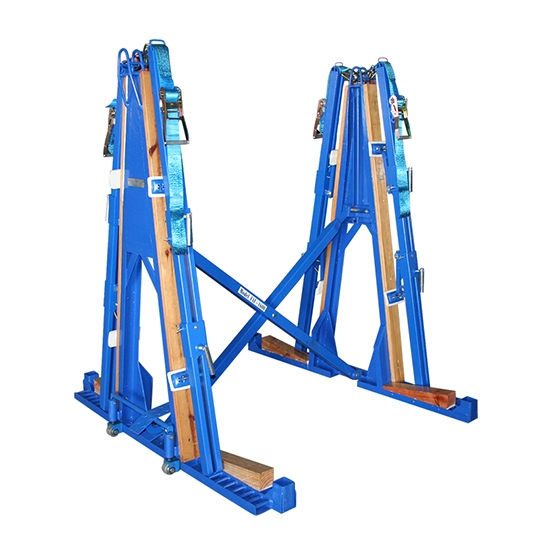
Table of Contents
ToggleWhat Is Material Handling?
Material handling encompasses the movement, protection, storage, and control of materials and products throughout manufacturing, warehousing, and distribution. It includes:
- Manual material handling tools such as pallet jacks and trolleys
- Automated material handling systems like conveyors, robotic arms, and vacuum lifters
- Bulk material handling systems for powders, grains, and liquids
- Overhead material handling systems such as cranes and hoists
To understand the full scope, check out What Is Material Handling? Types, Equipment, Functions, Safety, and Warehouse Optimization
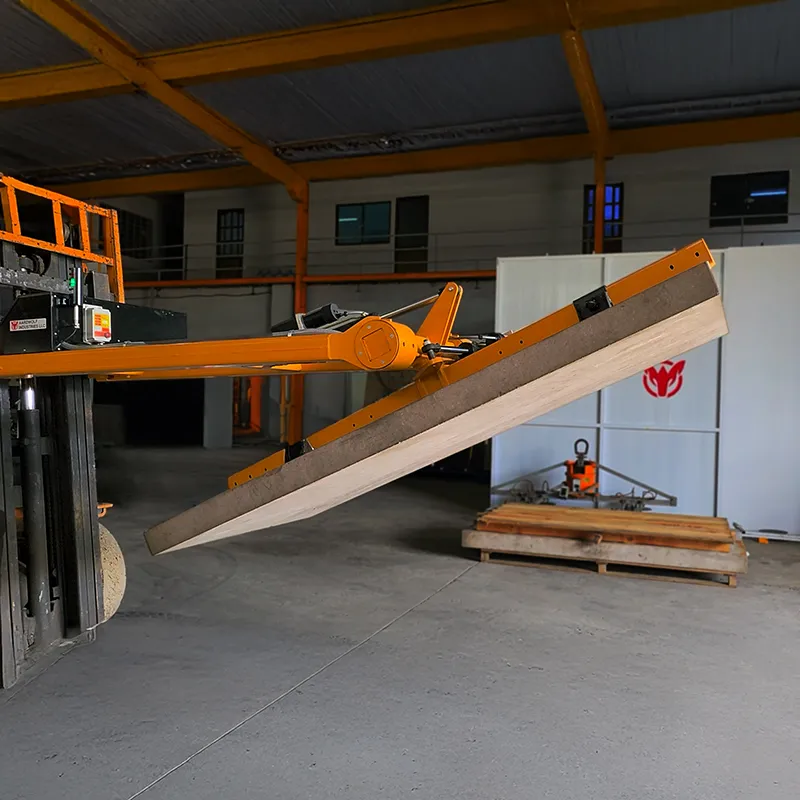
The #1 Most Common Material Handling Accident: Overexertion Injuries
💥 What Are Overexertion Injuries?
Overexertion injuries occur when a person applies more force than the body can safely handle. This can happen during lifting, pulling, pushing, carrying, or holding materials—especially without proper form or equipment.
🚑 Common Overexertion Injuries Include:
- Lower back strain
- Herniated discs
- Torn shoulder muscles
- Wrist and knee injuries
- Neck and spine misalignment
These injuries are especially prevalent in environments where workers handle loads manually without the aid of mechanical or automated tools.
Causes of Overexertion Accidents in Material Handling
1. Improper Lifting Techniques
Lifting with the back instead of the legs, twisting while carrying, or lifting above shoulder height increases the risk of injury.
2. Inadequate Equipment
Using inappropriate or insufficient tools—such as lifting heavy slabs without an Aardwolf Slab Lifter—puts unnecessary strain on workers.
3. Lack of Training
Many workers are unaware of safety tips for manual material handling, which leads to poor posture, unbalanced loads, or rushed handling.
4. Fatigue and Repetition
Long shifts and repetitive motions can lead to cumulative trauma and increase susceptibility to overexertion.
Learn more: Which of the Following Are Common Causes of Material Handling Injuries?
Other Common Material Handling Accidents
While overexertion tops the list, several other accidents are frequent in material handling operations:
⚠️ Slips, Trips, and Falls
Poorly maintained walkways, cluttered aisles, or wet floors can cause slips—especially in material handling for warehouses and material handling in food industry environments.
⚠️ Caught-In or Between Equipment
Loose clothing or improper PPE can get caught in conveyors for material handling or automated material handling systems.
🔗 Loose Clothing Is Best to Wear When Handling Material?
⚠️ Equipment Collisions
Untrained use of forklifts, cranes and hoists, or warehouse material handling equipment may result in crashes or pinching injuries.
High-Risk Environments for Material Handling Accidents
🏗️ Material Handling in Construction
Construction workers face uneven terrain, unpredictable conditions, and heavy loads—all increasing the likelihood of overexertion or falling objects.
🏪 Material Handling for Warehouses
Fast-paced, high-volume operations with narrow aisles and forklifts require constant attention to safety procedures.
🧬 Pharmaceutical Material Handling Systems
Strict hygiene requirements mean reduced human contact, but manual handling may still occur during quality checks or equipment maintenance.
🏭 Material Handling in Manufacturing
Fast turnaround and diverse material types demand robust industrial material handling solutions and ergonomic training.
How to Prevent Overexertion and Other Handling Accidents
✅ Use the Right Material Handling Equipment
Employing the right tool for the job is critical. For example:
- Use Vacuum Lifters for sheet metal, glass, or fragile items
- Use Jib Cranes for overhead loads
- Equip your site with heavy-duty material handling solutions for large or uneven loads
✅ Automate Where Possible
The benefits of automated material handling systems include:
- Reduced physical labor
- Increased efficiency
- Consistent output
Automated vs manual material handling systems should be evaluated based on task type, load frequency, and budget.
✅ Train Employees Effectively
Strong material handling training programs reduce risks significantly. Training should cover:
- Correct lifting techniques
- Ergonomic positioning
- Emergency protocols
- Safe use of manual material handling tools and warehouse material handling equipment
✅ Improve Facility Design
Good material handling system design considerations include:
- Sufficient aisle space for forklifts and carts
- Segregated pedestrian walkways
- Staging zones for bulky materials
All this supports how to improve material handling efficiency while keeping safety top of mind.
✅ Regular Equipment Maintenance
Equipment failure during operation leads to dropped loads or erratic movement. Schedule checks for:
- Forklifts
- Conveyors
- Overhead material handling systems
- Material handling carts and trolleys
You can also consider used material handling equipment for sale if budget is a concern, provided safety checks are performed.
Low-Cost Material Handling Solutions for Small Businesses
Small enterprises can enhance safety without large investments. Options include:
- Ergonomic training
- Refurbished material handling equipment
- Simple automation like gravity-fed conveyors
Explore offerings from trusted material handling system suppliers and material handling companies near me.
Conclusion
Which is one of the most common material handling accidents? Without a doubt, it’s overexertion injuries due to improper lifting or handling techniques. These injuries are not only painful—they’re expensive, preventable, and detrimental to workplace morale and productivity.
Whether you’re managing material handling in logistics, construction, or pharmaceutical environments, safety should be your top priority. Implement the right equipment, proper training, and well-designed systems to minimize risks and optimize performance.
Further Reading and Resources
- What Is Material Handling? Types, Equipment, Functions, Safety, and Warehouse Optimization
- How Does Material Handling Impact the Human Labor Force?
- Loose Clothing Is Best to Wear When Handling Material?
- Vacuum Lifters
- Slab Lifters
- Jib Cranes
- Which of the Following Are Common Causes of Material Handling Injuries?
Let us know if you’d like this content adapted for your company blog, internal safety handbook, or newsletter!

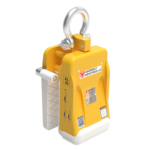
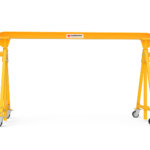
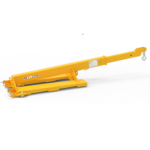
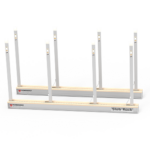
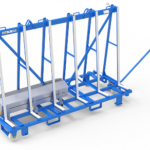
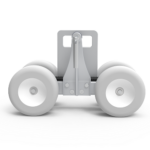
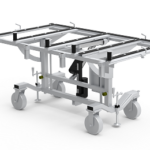
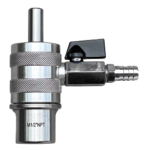
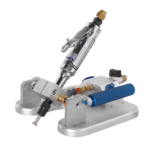
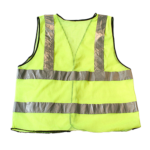
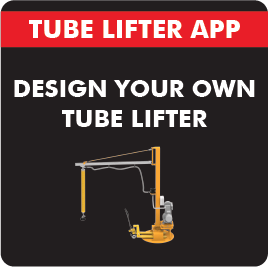
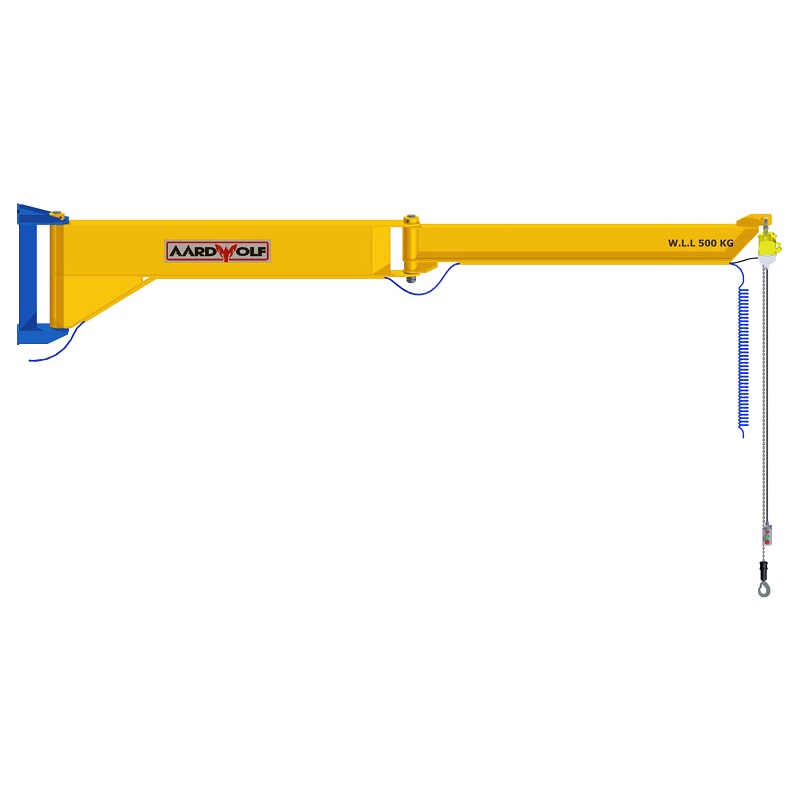
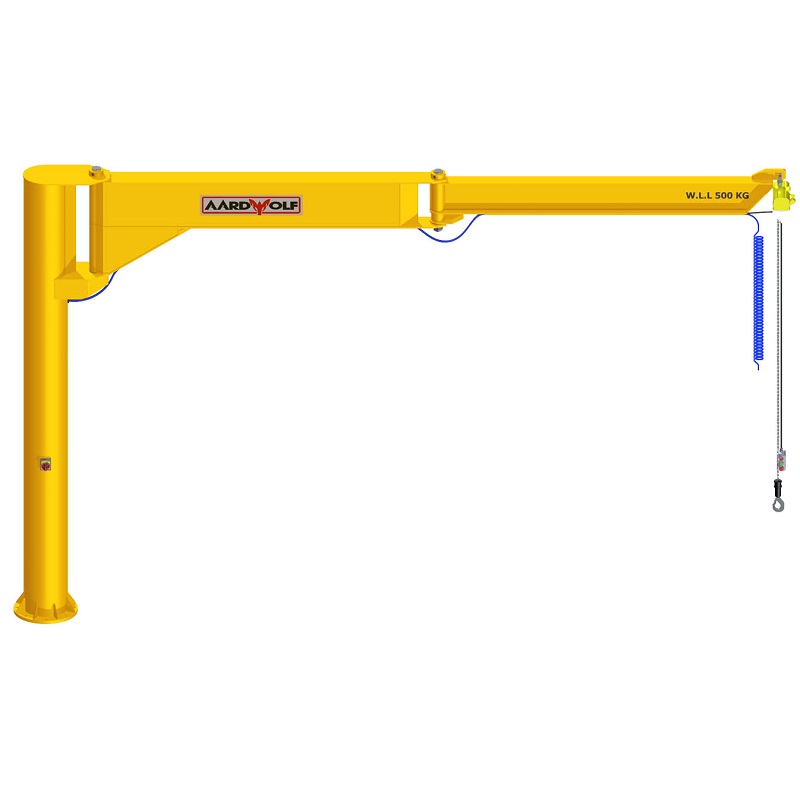
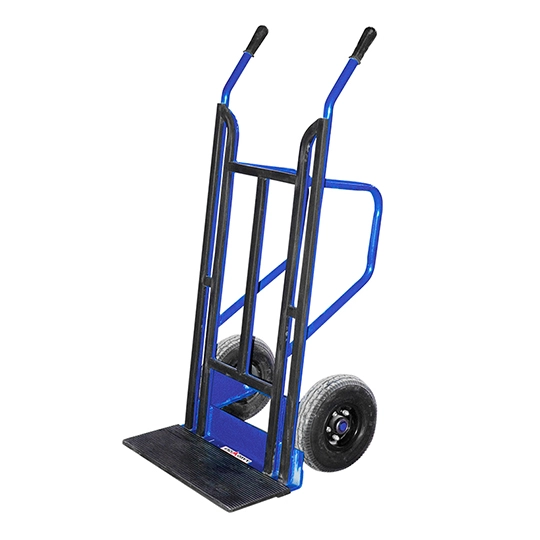
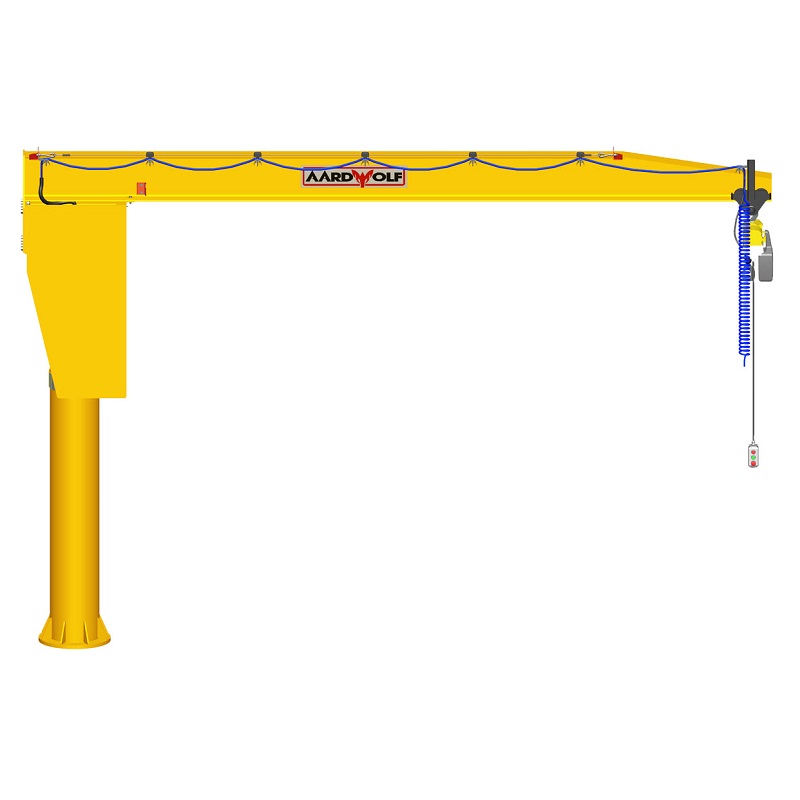


Please log in to leave a comment.